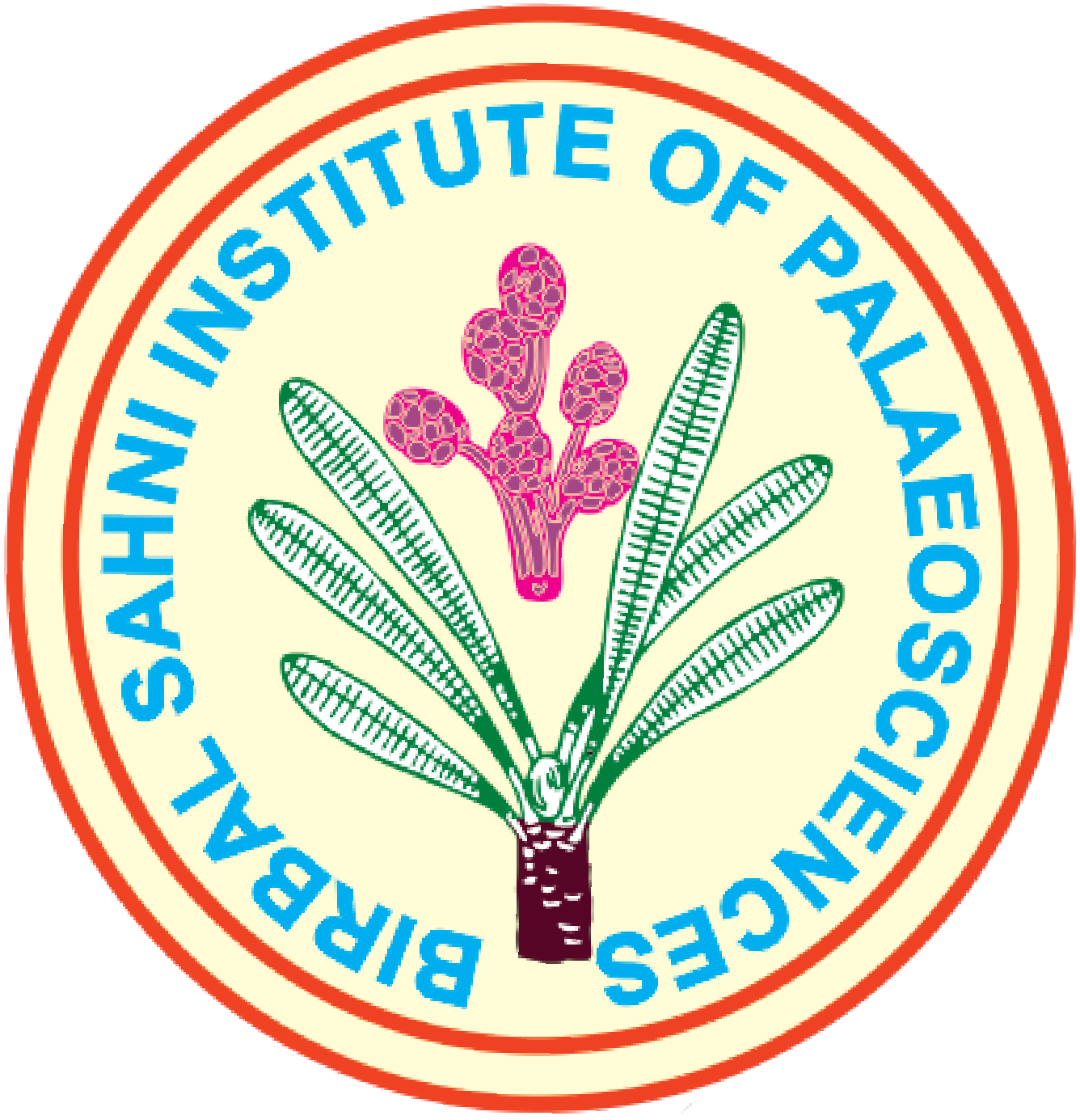Dinoflagellate cysts from the lakadong sandstone, Cherrapunji area: biostratigraphical and palaeoenvironmental significance and relevance to sea level changes in the upper palaeocene of the Khasi Hills, South Shillong Plateau, India
DOI:
https://doi.org/10.54991/jop.2000.160Keywords:
dinoflagellate cyst, biostratigraphy, Palaeoenvironment, Sea level changes, Sequence stratigraphy, Late PalaeoceneAbstract
The biostratigraphical and palaeoenvironmental significance of diagnostic Late Palaeocene (Thanetian) dinoflagellate cyst assemblages recovered from Lakadong Sandstone exposed around Cherrapunji, Khasi Hills (Meghalaya) is discussed. Based on the occurrence of the cosmopolitan markers, the dinoflagellate cyst assemblages are assigned to the combined Apectodinium hyperacanthun and A. augustum (Ahy-Aau) Biozones. Integration of dinoflagellate cyst evidence with larger foraminiferal data from the underlying Lakadong Limestone suggests close correspondence of the Apectodinium acme with the Ranikothalia nutalli- Miscellania miscella Assemblage (SBZ 5-SBZ6). Estuarine and coastal swamp depositional setting is favoured for the coal-bearing Lakadong Sandstone which is considered to be the lateral facies equivalent of the upper Lakadong Limestone, developed during sea level highstand. The Therria limestone/sandstone - Lakadong limestone/sandstone succession of the Khasi Hills is interpreted (to be deposits of transgressive and high stand system tracts) as representing a single depositional sequence between two minor sea level falls, possibly corresponding to the 3rd order cycles TA2·I·TA2·3 of the Global Sea Level Cycle Chart.









